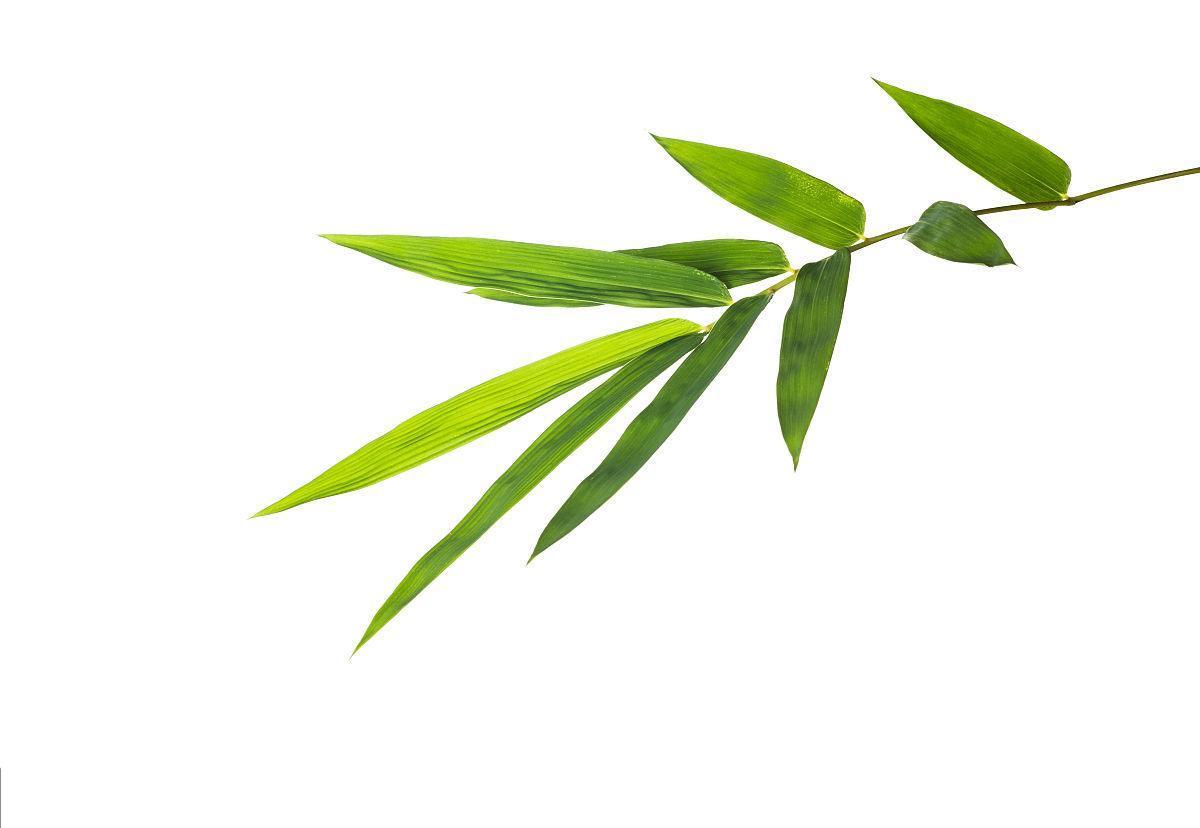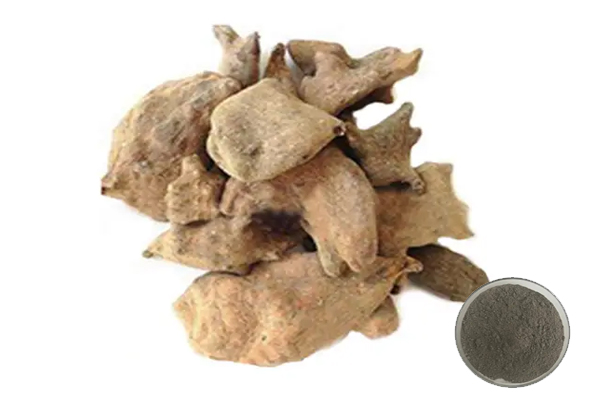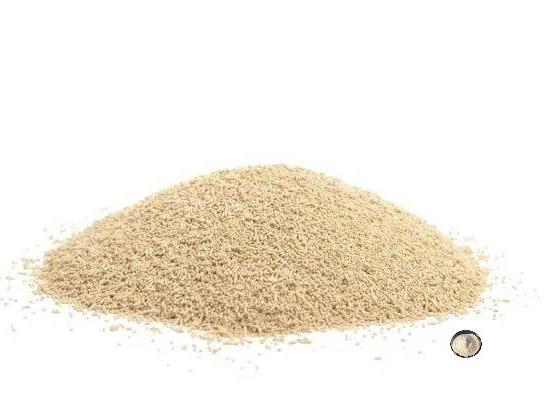Extrait de bambou 30% Flavone
Source: feuille de bambou
Nom Latin :Lophatherum gracile Brongn
Ingrédients actifs :Flavone
Analyse :30%
Méthode d’essai :UV
Apparence: poudre jaune brune
Résidu de Pesticide: conforme à la norme (ce) No 396/2005
- Description Description
- Fiche technique
- Certificat de formation
-
Qu’est-ce que l’extrait de bambou 30% 30% La Flavone?
Bamboo leaf extract is the extract of the leaves of the evergreen tree or shrub of the Gramineae family, the main active ingredient is bamboo leaf flavonoid, brownish-yellow powder, a total flavonoid glycoside content of about 24%, with a typical bamboo leaf fragrance, slightly bitter, slightly sweet. It is easily soluble in hot water or alcohol-water systems, and its solution is weakly acidic with a sweet flavor and good heat stability, especially suitable for food systems.
vert Spring Technology fournit l’extrait de bambou 30% de Flavone grâce à la technologie d’extraction par ultrasons, qui améliore le taux d’extraction et la qualité des flavonoïdes de feuilles de bambou, améliore la bioactivité et la fonction physiologique du produit, et réduit les effets secondaires des impuretés et des ingrédients inefficaces.
Green Spring organise la production selon les normes ISO, HACCP et autres normes de qualité. Nous avons un processus interne rigoureux de contrôle de qualité, chaque étape du processus de fabrication est surveillée et examinée pour s’assurer que le processus de fabrication est conforme et répond au pe approprié, au JP, à l’usp, et à d’autres normes internationales.
Spécification:
Nom du produit
Extrait de bambou
Nom Latin
Lophatherum gracile Brongn
Source:
Feuille de bambou
Ingrédients actifs
Flavone
spécification
30%
Méthode d’essai
UV
apparence
Poudre jaune marron
Résidus de pesticides
Conforme à la norme (ce) n ° 396/2005
Règlement:
Il est conforme à la réglementation de l’ue.
Vous cherchez un devis?Benefits:
Antioxidant
Bamboo leaf flavonoids are the main active components in bamboo leaf extracts, which have SOD- and GSH-Px-like effects. The physiological activity of total bamboo leaf flavonoids exceeds that of total ginkgo biloba flavonoids in terms of constitutive relationship. The active components of bamboo leaf flavonoids are mainly flavonoid glycosides and coumarin-like lactones.
Scavenging Free Radicals, Anti-Aging
A large number of studies have shown that flavonoids have good antioxidant and reducing abilities, and flavonoids can well reduce the generation of free radicals in the body, and at the same time accelerate the scavenging speed of free radicals, free radicals have a strong scavenging effect.
The addition of bamboo leaf flavonoids to lard and the determination of the peroxide value proved that they could effectively inhibit the oxidative rancidity of oil and that there was a linear relationship between the antioxidant capacity and the mass fraction of flavonoids.
Antibacterial, Anti-Inflammatory
Numerous scholars have found that the flavonoid bioactive components in bamboo leaves are particularly effective in inhibiting bacteria. Chen Yan et al. did a preliminary study on the antibacterial effect of arrowroot leaf extract, which showed that the flavonoids in arrowroot leaves had a significant inhibitory effect on Staphylococcus aureus, Escherichia coli, Bacillus subtilis, black mold, and Staphylococcus epidermidis Soymilk produces a high number of colonies in the process of storage and fresh soymilk is dominated by Bacillus sphaericus, and fecal coliforms are dominated by fecal cocci after 24 h. The number of colonies produced in soymilk is relatively high.
In the soybean milk, bamboo leaf flavonoids for sealing treatment, every period to take samples for plate culture and record the total number of colonies, the results show that the addition of bamboo leaf flavonoids to the soybean milk than the original soybean milk colony number is significantly reduced. It can be seen that bamboo leaf flavonoids can play a certain antibacterial preservation effect on soybean milk.
Regulate Blood Lipid
Some scholars to adult SD rats to establish a high-fat model with a total flavonoid content of more than 10% of the bamboo leaf flavonoids for the test, the bamboo leaf flavonoids dose is divided into 5, 10, and 15 mg/kg fed to the rats. 28 days after the determination of triglycerides, total cholesterol, high-density lipoprotein (HDL) cholesterol, and LDL cholesterol content.
The results showed that the total cholesterol and LDL cholesterol content decreased significantly in the middle and high-dose groups. Atherosclerotic index = (total cholesterol - HDL cholesterol)/HDL cholesterol, when the LDL cholesterol content decreases, the HDL content increases, so the addition of middle and high doses of Bamboo Leaf Flavonoids can significantly reduce the atherosclerotic index. In addition, in clinical trials with bamboo leaf flavonoids made of bamboo Kangning capsules on 78 cases of lipid metabolism disorders in the population for treatment, treatment after 3 months to measure the indicators, the results show that the atherosclerosis index decreased significantly. This shows that bamboo leaf flavonoids not only lower blood lipids but also reduce the risk of atherosclerosis.
Applications:
For Health Products:
A series of functional products (such as tablets, oral beverages, capsules, etc.) related to bamboo leaves of various types for enhancing immunity, clearing heat, and removing toxins, such as medicines and health care products, are already on the market. Prof. Zhang Ying of Zhejiang University took the lead in the successful development of bamboo leaf flavonoid products (Bamboo Konin capsules), and in 2002, New Era Group developed a tablet-type Bamboo Konin product based on the original technical improvement, which was approved by the Ministry of Health of the People's Republic of China as a domestically produced health care product in the same year.
In Pharmaceutical:
As early as the Han Dynasty, the bamboo leaf was used as a Chinese herbal medicine with the effects of clearing heat and removing toxins, lightening the body, and benefiting vital energy. More than 30 years ago, a Japanese scholar, Fukuyama Ngoroh, found that Yakushima bamboo leaf extract had a good inhibitory effect on the production of cellular redundant cell clusters (tumors). Some scholars also studied the pharmacological effects of bamboo leaf extract and applied it in the treatment of cancer with good results.
With the progress of medical science and technology and people's demand for natural medicines, bamboo leaf flavonoids as a new generation of natural chemical products will be a major research direction in the future. Wang Zhaobin et al. from the First Affiliated Hospital of Zhengzhou University studied the role of bamboo leaf flavonoids in cardiovascular and cerebrovascular diagnosis through in vitro, in vivo, and animal models as well as pharmacological experiments, and found that bamboo leaf flavonoids have a certain effect on preventing cerebral ischemia. Bamboo leaf flavonoids have the potential to become natural drugs for the prevention of cardiovascular and cerebrovascular diseases.
In Cosmetics:
Bamboo flavonoids can remove free radicals, anti-radiation, antibacterial and inhibit tyrosinase activity, accelerate cell metabolism, slow down the aging of epidermal tissue cells, and free radicals on human cells to minimize the damage. In addition, the skin pigmentation is mainly due to tyrosinase will promote the conversion of tyrosine into dopa pigment, through a series of transformations into melanin, bamboo leaf flavonoids inhibit tyrosinase activity, can be achieved by whitening the skin and other effects. Therefore, bamboo leaf extract flavonoid anti-aging, antioxidant, and other functional factors can be used as an additive in hand cream sunscreen and other cosmetics.
-
Télécharger le document
Extrait de bambou 30% Flavone COA
-
Télécharger le document
Cosmos 2023
Télécharger le documentHalal 2023
Télécharger le documentCasher 2023


 Anglais
Anglais français
français espagnol
espagnol russe
russe coréen
coréen japonais
japonais













